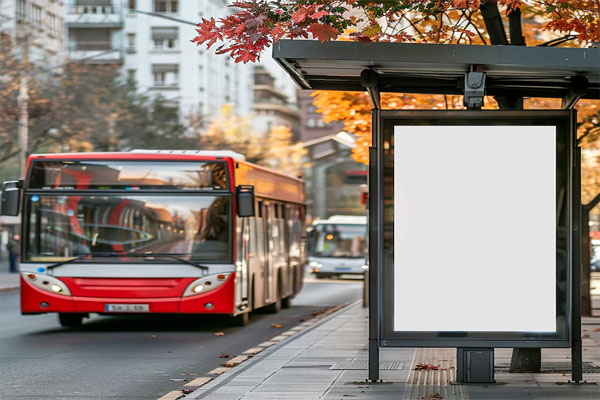While digital billboards are experiencing a renaissance, traditional Out-of-Home (OOH) media like bus advertising continues to be a powerful and evolving channel in Australia. Recent developments show that transit advertising is adapting to new consumer demands and government regulations, making it more strategic than ever.
A key recent development is a new policy in South Australia that bans the advertising of unhealthy foods and drinks on government-owned buses, trains, and trams. This is a significant move to combat rising obesity rates, particularly among children, and reflects a growing trend towards more responsible and health-conscious advertising. This policy, which came into effect on July 1, 2025, follows similar initiatives in London and the Australian Capital Territory, signaling a broader shift in how public spaces are used for advertising.
Despite these new regulations, Bus shelter advertising remains a highly effective way to reach a broad audience. Its mobility allows brands to target specific areas and demographics, and its large format ensures high visibility and impact. Campaigns like Repco’s “Bathurst bus tours” demonstrate how brands are creatively leveraging bus advertising to create memorable experiences and connect with local communities.
The integration of technology, as seen in the broader OOH industry, is also transforming bus advertising. While static ads are still prevalent, digital displays on buses and bus shelters offer new opportunities for dynamic content and interactive campaigns, such as those using QR codes to bridge the gap between physical and digital engagement.
Overall, bus advertising in Australia is a dynamic space that is responding to public health concerns and technological innovation. It remains a crucial component of a well-rounded and integrated marketing strategy, offering brands a mobile and impactful way to reach their target audience.

